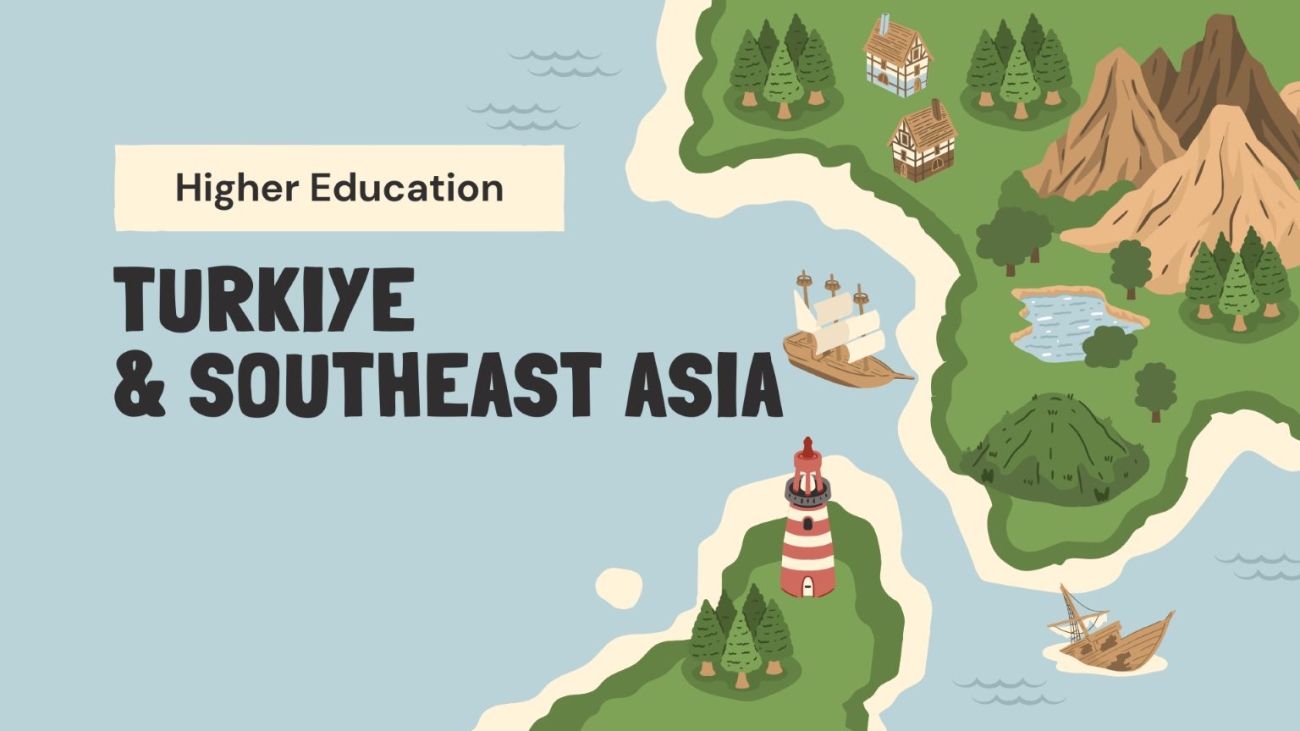Unmuhbarru.ac.id, Barru – Higher education has become a vital tool for fostering global understanding and cooperation. In this context, the relationship between Turkiye and Southeast Asia presents a unique opportunity for intercontinental collaboration. By leveraging their respective strengths, both regions can create a dynamic and enriching educational landscape.
One key area of focus for Turkiye and Southeast Asia could be the exchange of students and faculty. Encouraging mobility between institutions would expose students to diverse perspectives and research methodologies, broadening their horizons and fostering intercultural understanding. Additionally, faculty exchanges would facilitate the sharing of knowledge and expertise, leading to collaborative research projects and the development of innovative teaching practices.
Another avenue for collaboration lies in the development of joint degree programs. By combining the strengths of Turkish and Southeast Asian universities, these programs could offer students a unique and valuable educational experience. For example, a joint degree in engineering could integrate Turkish expertise in technology with Southeast Asia’s focus on sustainable development.
Furthermore, Turkiye and Southeast Asia could collaborate on research initiatives of mutual interest. The regions share common challenges, such as climate change, economic development, and social issues. By pooling their resources and expertise, they can address these challenges more effectively and generate impactful solutions.
To facilitate these collaborations, it is crucial to establish strong institutional partnerships between universities in Turkiye and Southeast Asia. These partnerships should focus on building trust, fostering communication, and creating sustainable mechanisms for collaboration. Regular conferences, workshops, and online platforms can provide valuable opportunities for networking and knowledge sharing.
Moreover, governments in both regions can play a crucial role in supporting higher education collaborations. By providing scholarships, funding research projects, and streamlining visa processes, governments can create an enabling environment for academic exchange.
In addition to formal collaborations, cultural exchange programs can also play a significant role in bridging the gap between Turkiye and Southeast Asia. By organizing student cultural events, language exchange programs, and joint research projects on cultural heritage, these initiatives can foster mutual understanding and appreciation.
In conclusion, the potential for collaboration between Turkiye and Southeast Asia in higher education is immense. By leveraging their respective strengths and addressing the challenges, both regions can create a dynamic and enriching educational landscape that benefits students, faculty, and society as a whole.

